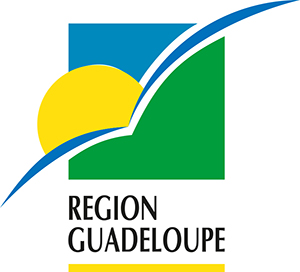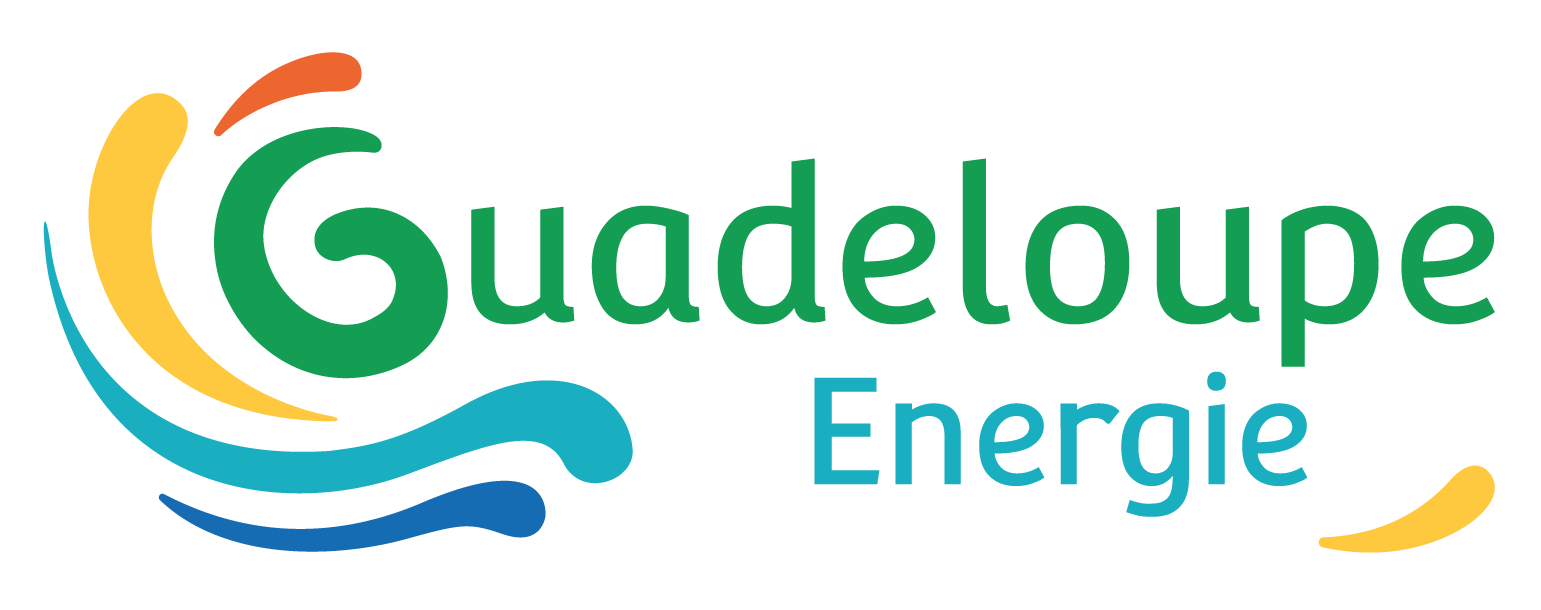Biomass is a renewable energy source whose potential is still poorly quantified and not yet fully exploited in Guadeloupe, with the exception of bagasse-based energy at Le Moule thermal power plant. The development of biomass energy as a substitute for coal power is one of the priorities of the regional government’s Multi-Year Energy Program (Programmation Pluriannuelle de l’Energie, PPE). Given the importance of diversifying means of energy production, the members of the Regional Council asked the Biomass “Energie” Steering Committee to meet to approve the need to establish by 2020 an official regional strategy for biomass management and development.
The Regional Biomass Plan, which will be drafted by 2018, will serve as the development plan cited in Article 203 of the Energy Transition for Green Growth Act (Loi relative à la Transition Énergétique pour la Croissance Verte, LTECV).
Guadeloupe has a wide variety of biomass resources, of which bagasse is likely the best known. Other biomass resources can be grouped into three categories:
- Agricultural biomass, which includes agricultural products and waste, crop residues (straw from cane production, etc.), energy crops and livestock manure. While energy crops are not currently grown in Guadeloupe, research and development projects are under way, such as the Cann’elec, which is studying fibrous cane varieties for energy production.
- Timber biomass, which includes wood products and wood waste from forestry and related industries, as well as end-of-life products (e.g. wood recovered from landfills, construction waste.). This resource is almost non-existent in Guadeloupe, where forestry is underdeveloped.
- Waste biomass, which includes fermentable household and industrial waste: waste from agro-industries, particularly the cane sector (e.g. sugar cane straw, bagasse from sugar factories and cane distilleries, molasses from sugar processing, distillery vinasses), industrial effluents, household waste and community waste (e.g. green waste, sewage sludge).
Assessment of Available Resources
A study quantified Guadeloupe’s current and potential biomass resources in addition to the opportunities and constraints for mobilizing them. This study identified the following:
- Approximately 95% of the 225,000 metric tons of bagasse produced each year are put to further use, leaving around 10,000 metric tons/year of biomass; Waste-sector biomass is significant (50,000 metric tons/year of household biodegradable waste, 60,000 metric tons/year of green waste, etc.) but whose value is difficult to capture given its variability and because it is scattered throughout the territory, where collection and sorting sectors are scarce.
- Agricultural residue, especially straw from sugar cane production, has significant potential: with 10 metric tons of material per hectare after harvest, more than 100,000 metric tons/year could be recovered throughout Guadeloupe, at least in part through compliance with usage priorities (animal feed, fertilization, mulch and soil cover) and soil restoration requirements. The Regional Biomass Plan currently being drafted will help to refine the data.







